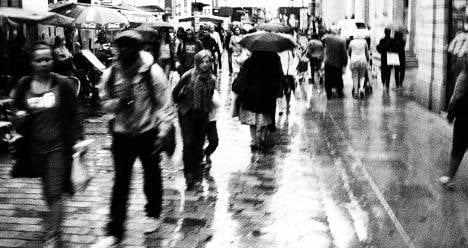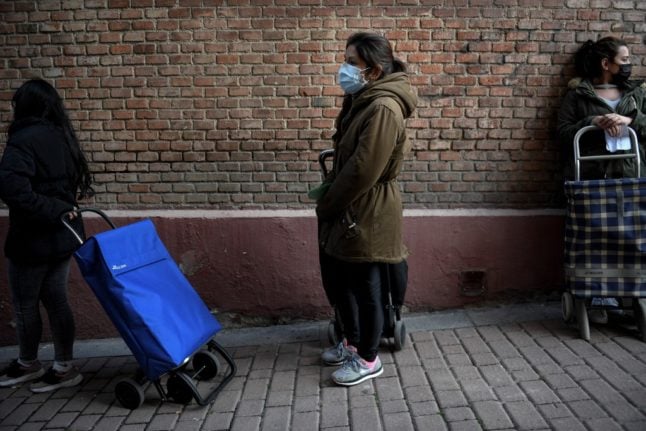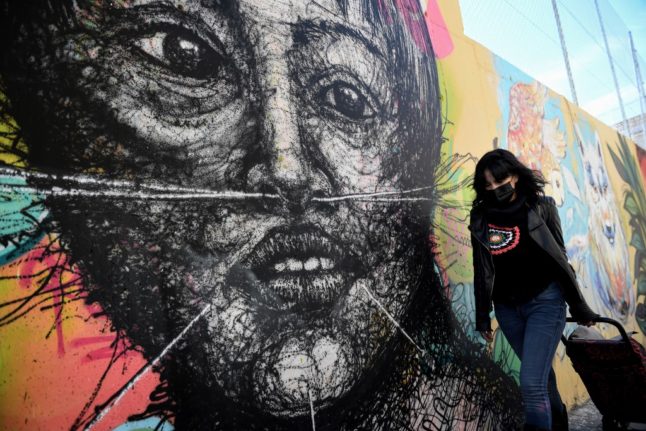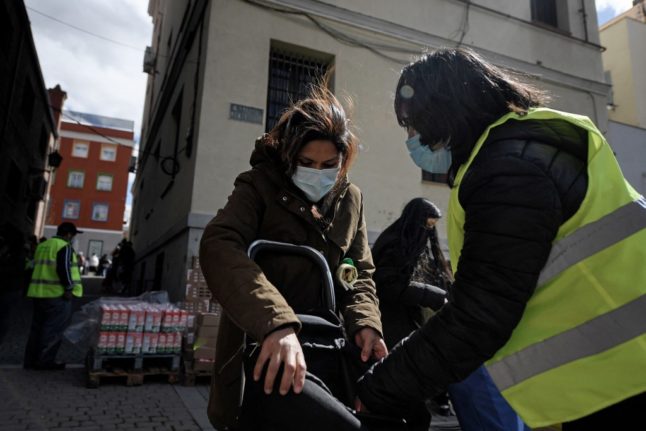New figures from France’s national stats office Insee provide an insight into the economic health of the country’s households and revealed some noteworthy trends.
Significantly the stats revealed there had been the first fall in poverty rates since 2008, albeit a very slight one, with the niveau de vie (essentially the post-tax and social charges income of a household divided by number of people in each household) of the country's worse-off increasingly slightly for the first time since 2008.
Interestingly at the other end of the scale the post-tax income of France's most wealthy saw a slight decrease, due in the main to a rise in taxes, meaning that inequality in between rich and poor in France has actually decreased.
Although it's not yet perhaps time to celebrate with 14 percent of French people still living below the poverty line.
Here's the key stats:
€1,667
The median post-tax income, or “niveau de vie”, in metropolitan France hardly changed in 2013, hitting €20,000 a year, or €1,667 a month. That means half the population had an income of more than €1,667 a month after the tax man had taken his share while the other 50 percent saw less than that amount coming in.
For a family of two adults and two children younger than 14, the median after-tax income was €3,500 a month in 2013, or 0.1 percent lower than a year earlier.
€37,200
The richest 10 percent of people in France had an annual post-tax income of more than €37,200 in 2013. At the other end of the scale, for the poorest 10 percent this figure was lower than €10,730. In other words, the nation’s richest 10 percent have a standard of living more than 3.5 times higher than the poorest tenth.
But in a surprise finding, the standard of living for the poorest 10 percent climbed 1.1 percent in 2013, while the incomes of the country’s richest dropped 1.8 percent, suggesting a decrease in equality.
€1,170
This was the median post-tax income of France’s jobseekers in 2013, up 2.3 percent on the previous year. However, over a third of people in this group live below the poverty threshold, set at €1,000 a month.
0.3 percent
The Insee study shows 14 percent of French people lived in poverty in 2013, down 0.3 percent on a year earlier, and the first fall in five years, bring the rate down to 2010 levels.
But while the news is positive, more French people still live in poverty than was the case in 2008 when that number was 13 percent.
8.6 million
The total number of people living in poverty in France in 2013 was 8.6 million people, with the median income for this group climbing slightly from €788 in 2012 to €802 a year later.
1.6 million
The number of young people in France aged 18 to 29 with an income of less than €1,000 was 1.6 million in 2013.
SEE ALSO: A portrait of modern France in ten key stats

- Three million French children living in poverty
- Europe in stats: from Spain to Sweden
- France's growing poor: Where do they live?




 Please whitelist us to continue reading.
Please whitelist us to continue reading.
Member comments